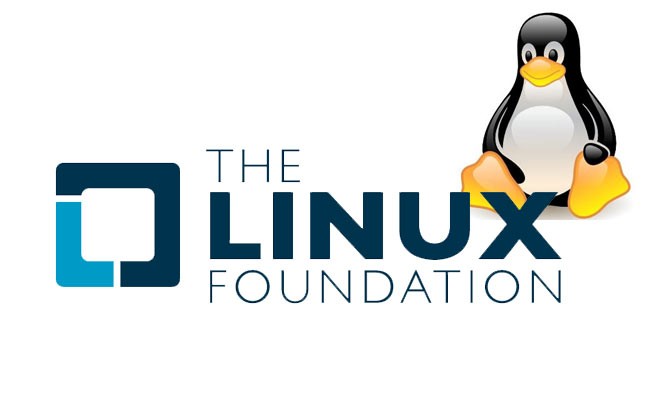Can anything be cheaper than free? On paper, the arguments for Linux are compelling. The open source operating system can be downloaded for free or bought for a nominal cost on CD; it can be installed on any number of servers or desktops without concern for licence metering; and it is ‘maintained’ by a loosely knit community of tens of thousands of programmers, who fix its bugs and offer enhancements.
Of course, Linux is no match in terms of maturity and sophistication for high-end Unix or mainframe z/OS, but it has become established as the primary platform for many workloads such as web serving, email management, and file and print.
However, in recent months the cost equation that has propelled Linux into the mainstream of IT has been put under the microscope. Betraying all of its vested interests in limiting the open source operating system’s potential, Microsoft asked analyst group IDC to compare the five-year cost of running common workloads under Linux and Windows with a 100 users. The results make fascinating reading, not least of all because of their selectiveness.
|
IDC concluded that in four out of the five most common server tasks, handling local area networks, file, print, and security workloads, it was cheaper for organisations to run Windows rather than Linux – at least over a five year period. Only when it came to the total cost of running a web server did Linux environments prove cheaper, reports IDC.
But arguments are certainly stacked. In the case of three of five workloads the Windows environment costs more than four times more than the equivalent Linux set up. However, when staff costs are rolled into the equation, in every case Linux systems became more expensive to run than Windows 2000.
That rests on some fairly bold assumptions. In a file serving workload, for example, Linux staff will cost a company $81,204 over five years compared to a relatively modest $54,030 for Windows staff, according to IDC. Implicit is the suggestion that Linux-savvy employees cost more than Windows programmers, and that that gap will not close significantly between now and 2007. The situation is the same in security, says IDC. Over the period, an organisation will pay about $20,000 more to protect a Linux-based environment.
That comes down to the greater availability of Windows professionals, says Mark Tennant, Microsoft’s Windows Server Product marketing manager in the UK. So organisations end up paying more for Linux support and maintenance costs in the long run, he suggests.
Additionally, says Kevin McIsaac, an analyst at market research company Meta Group, the low outlay on Linux software often obscures the cost of the additional IT staffing resources that are required to ensure the environment can match the reliability, availability, and scalability of high-end Windows or Unix servers. He points out that IT staff, often drawn to the open source philosophy, are instrumental in bringing Linux into the organisation as a replacement for Windows. “But this is based on the flawed assumption that because Linux is free it will [always] reduce total cost of ownership [TCO],” warns McIassac.
Such observations, however, fly in the face of reports from hundreds of organisations which claim to have made vast savings by migrating to Linux. Take the case of Debeka, a German insurance company. It says it saved several million euros in deployment and annual maintenance costs by migrating more than 3,000 workstations from Windows-based platforms to SuSE’s Linux desktop and server software.
The biggest savings, however, are not typically obtained from the ousting of Windows. Rather the real paybacks are being seen by those ditching Unix systems running on RISC microprocessors for Intel-based Linux platforms, says Michael Tiemann, CTO of Linux distributor Red Hat. “Cost savings of 400% are not uncommon,” he claims.
Online retailer Amazon, for example, cut its annual IT costs during 2001 from $71 million to $54 million, primarily by migrating from Unix to Linux servers. Similarly, online broker E*Trade claims it saved $13 million in data centre expenses, including maintenance, depreciation and software licensing fees, by replacing two-thirds of its Unix servers with 160 Intel-based servers running Linux. As E*Trade CTO Joshua Levine recently told The New York Times, “I’m replacing $200,000 Unix machines with $4,000 Intel servers.”
Despite such evidence, some analysts argue that total cost of ownership is too narrow a measure. Analyst Stacey Quandt at Giga Information Group argues that any survey based on TCO fails to take into account other crucial factors such as the risk, benefits and migrating costs.
And that extends to the IDC comparison. “A study that puts Windows 2000 up against Linux is akin to comparing Coca-Cola with fruit juice,” says Quandt. It is up to IT managers to decide which is healthier for the organisation.










